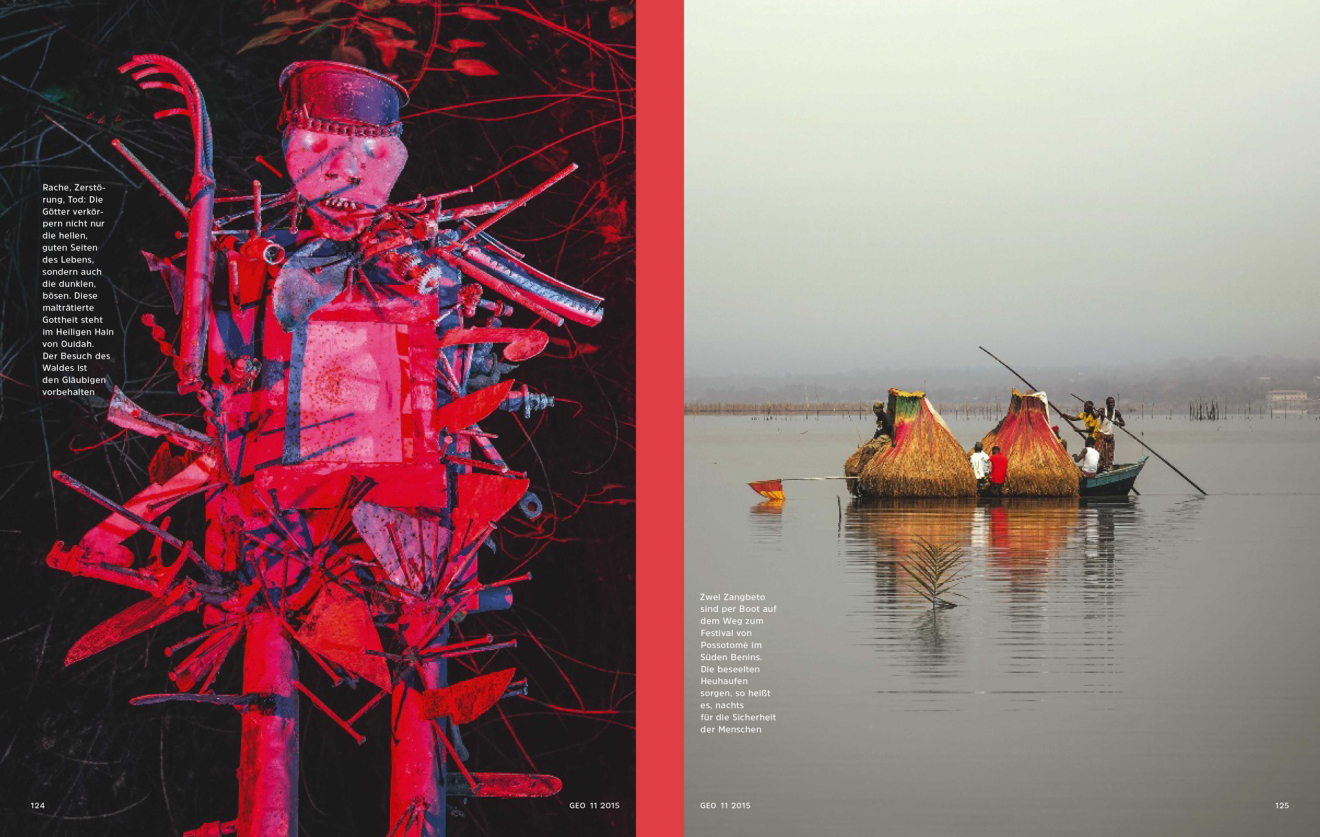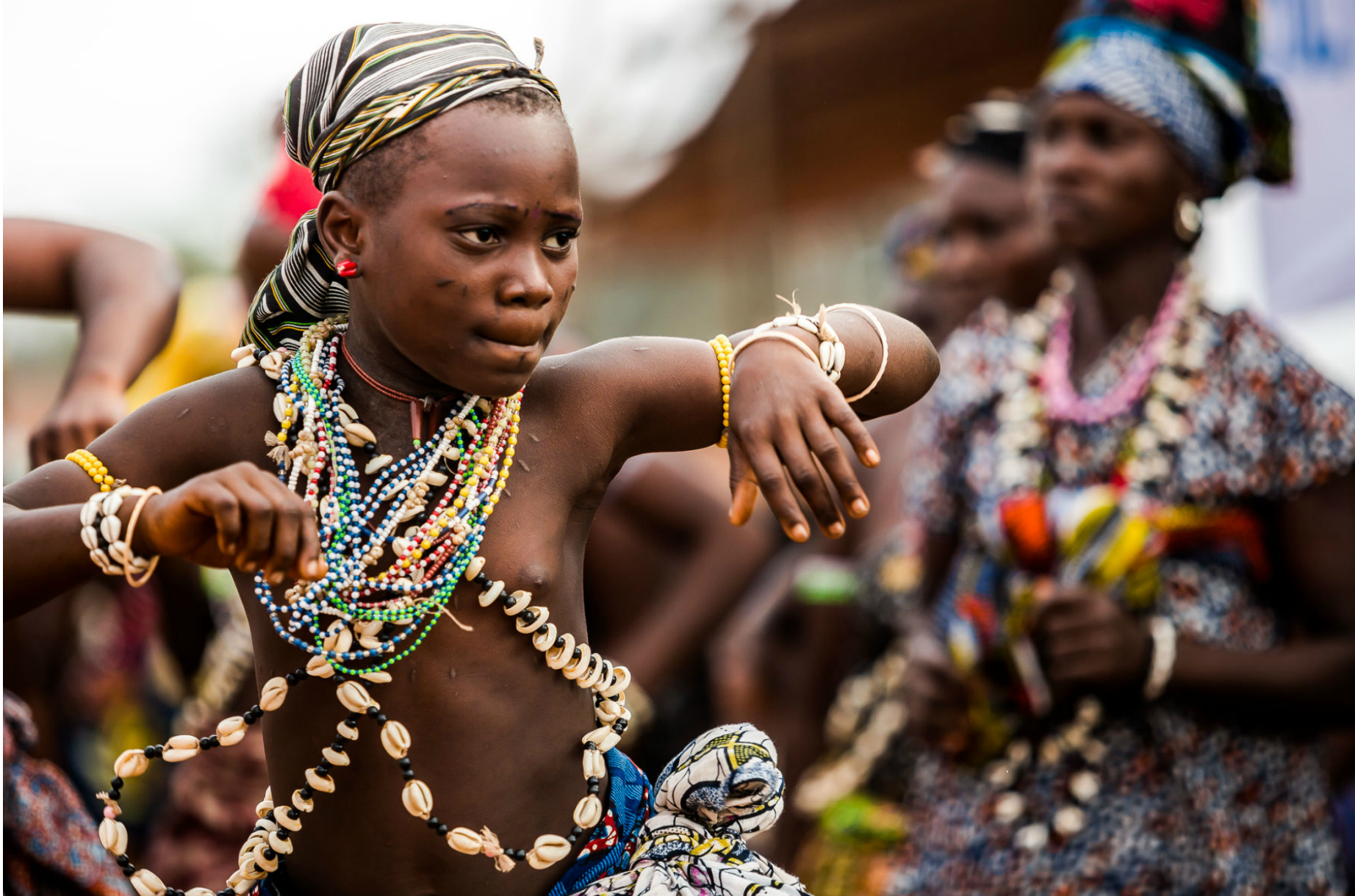Cameron Karsten has developed an intercontinental exploration into the national religion of Benin: Vodou. Traveling to Haiti and West Africa Karsten has documented communities practicing and “seeking their basic humanity; the right to health, happiness and prosperity” and has recently had his work from West Africa featured in GEO Magazin. We ask him a bit about his work and take a look at what was in the magazine write-up.
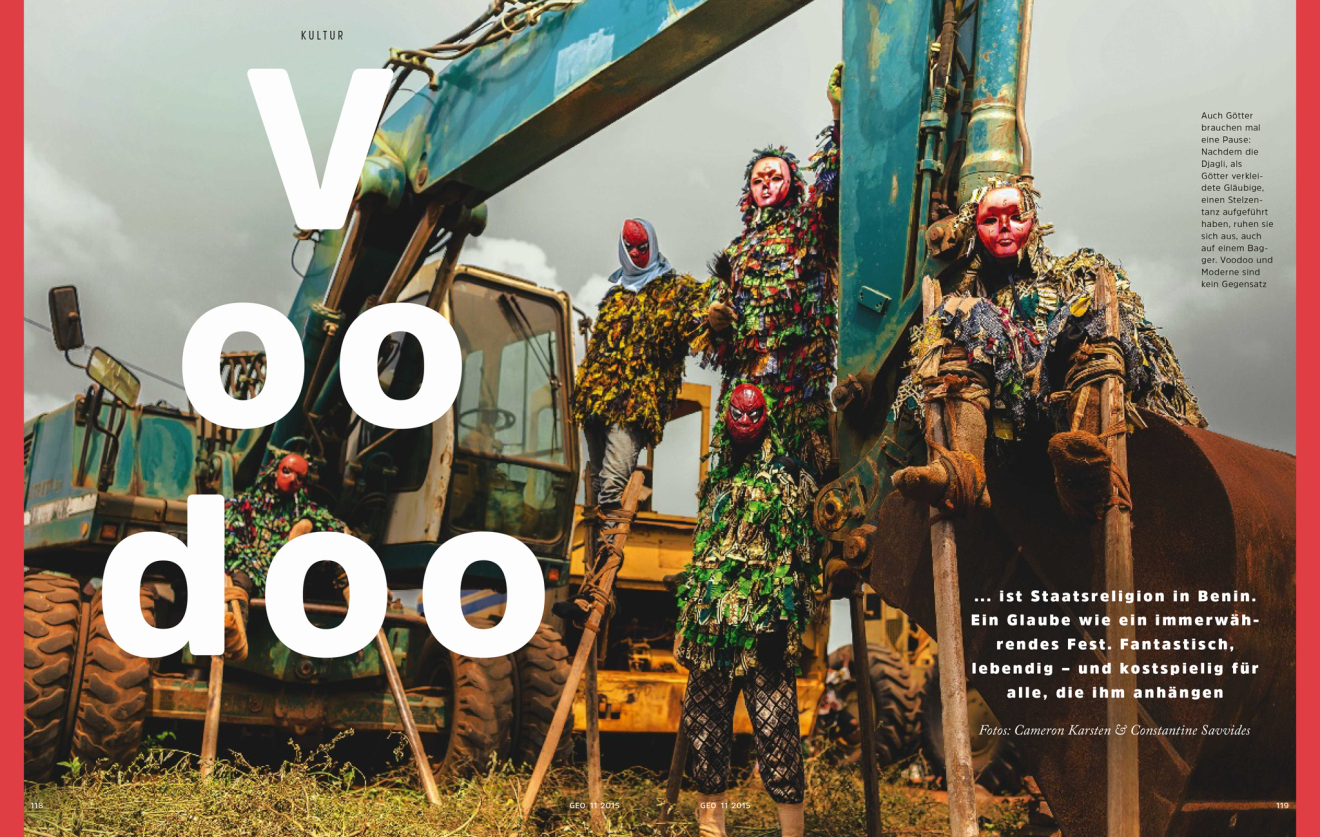 How long did you spend in West Africa to work on this project?
How long did you spend in West Africa to work on this project?I spent three weeks in West Africa. I flew into Cotonou, Benin, a typical African mega-metropolis with dusty roads, big spitting lorry trucks with lots of traffic and swerving bodies. However, it’s a gentle country, an old French colony with many locals speaking French and English. Fon is the local language, yet it was easy to get around, partly I believe because of the lack of tourism and the interest locals carry in who you are and what you’re doing visiting their country. Of all the African countries I’ve visited, the Beninese have been the kindest.
Most impactful or memorable moment during the project?
The most impactful moment was spending three days with a Vodou witchdoctor in the old slave port of Ouidah, Benin. He was a wild character, filled with inextinguishable energy and rapid-firing action. In Vodou, a witchdoctor plays the role of a priest or shaman. He serves the Vodou gods, and with a wide-range of clients, a witchdoctor provides access to humanity’s basic rights: health, happiness and prosperity. Zanzan the Withdoctor served people from Ouidah, surrounding Benin, Togolese, Nigerians and even an individual as far as Mali who traveled three days to see him. After my time with him, I could certainly see and feel that he was something special, someone with a key to the doors that many of us never recognize.
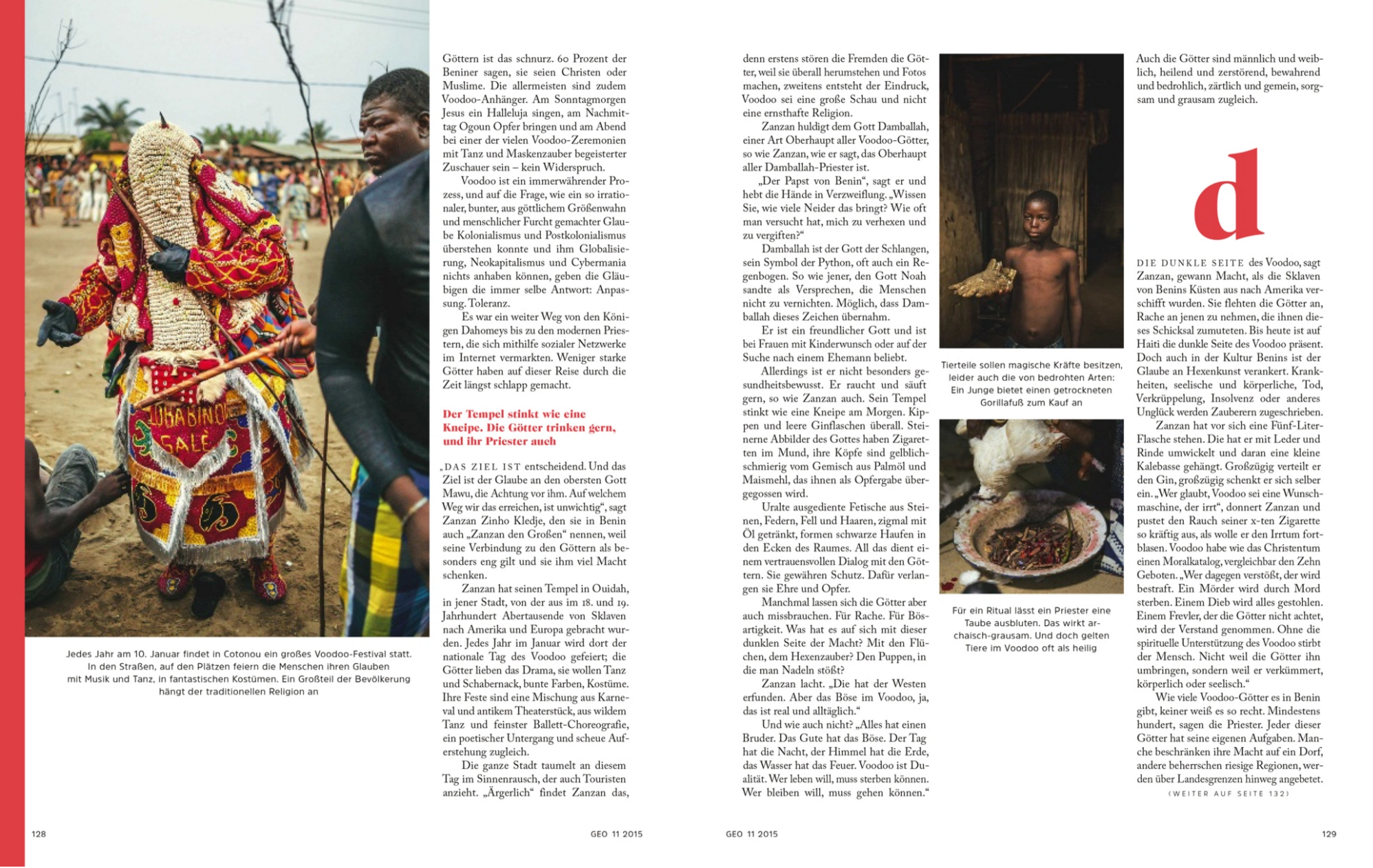
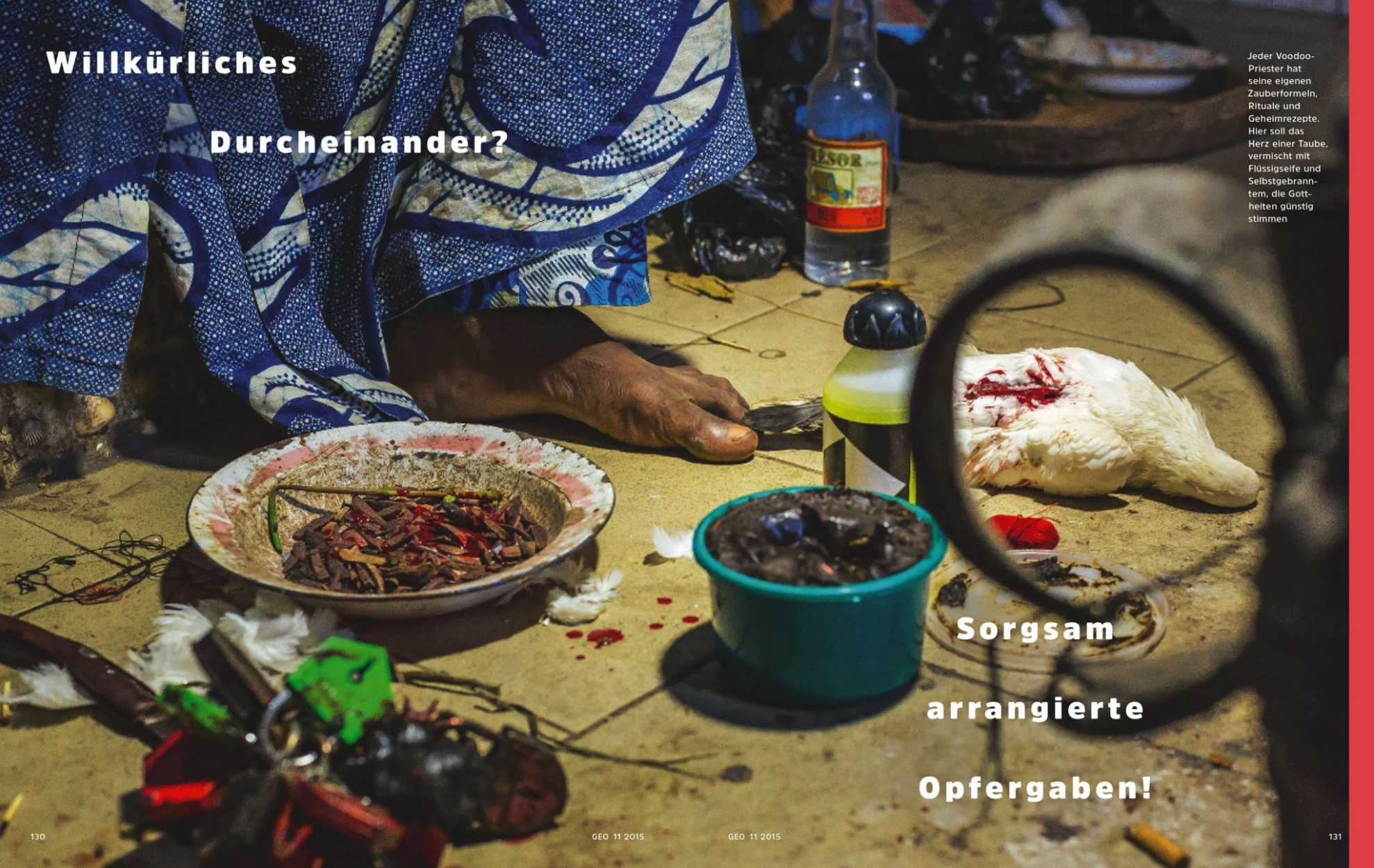
What is your greatest inspiration for photography?
When I was a kid, I remember sifting through my grandparents’ old cherry wood cabinet filled with an archive of National Geographic magazines. Those images were inspiring and have stayed with me today, and fuels my desires to visit new cultures and witness new peoples that few have the opportunity to experience. Photography has turned into a channel to share these experiences, challenging me to take photographs that are unconventional. I want to show the beauty of the world, help people reimagine a culture or society. I think with the Vodou religion, I’ve broken some barriers by portraying Vodou as a real central heartbeat of a culture providing communities with health, happiness and prosperity. Vodou is like any other belief system, complex in detail, but simple in reality. I want this project to help bridge the gap between differing ideologies, showing how we’re all human after the same end goals. And in my lifetime, photography as been a great tool to provide this.
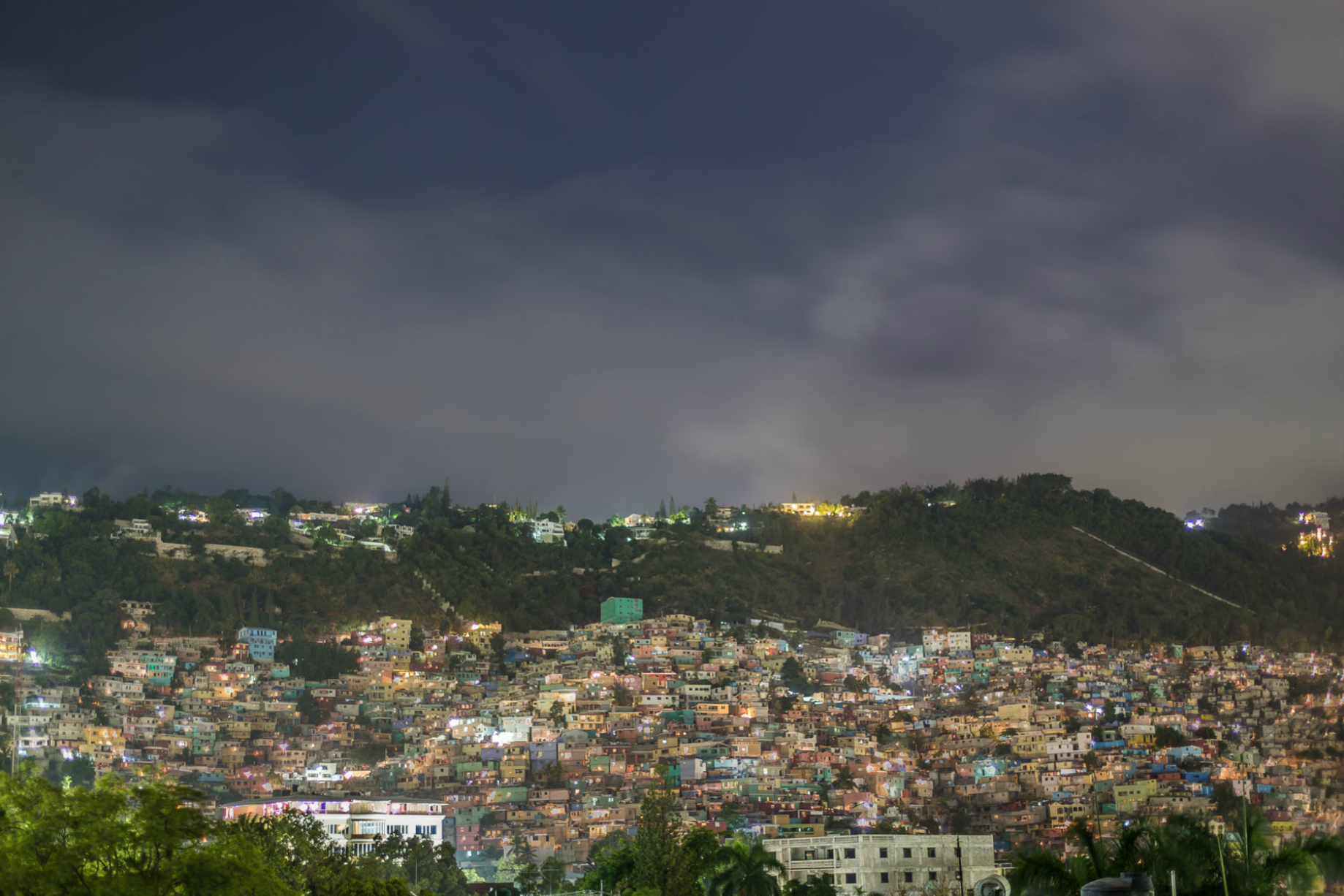
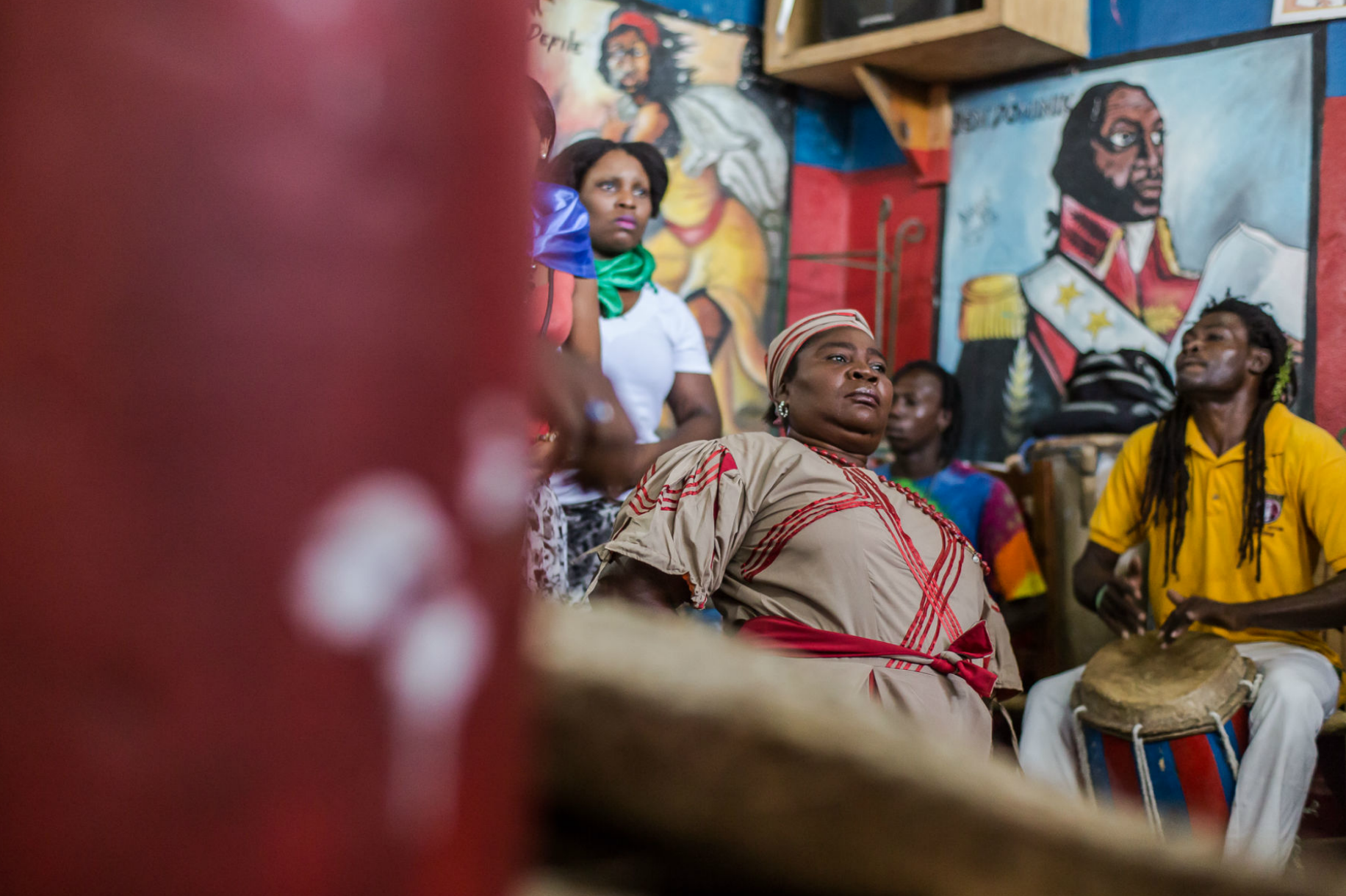
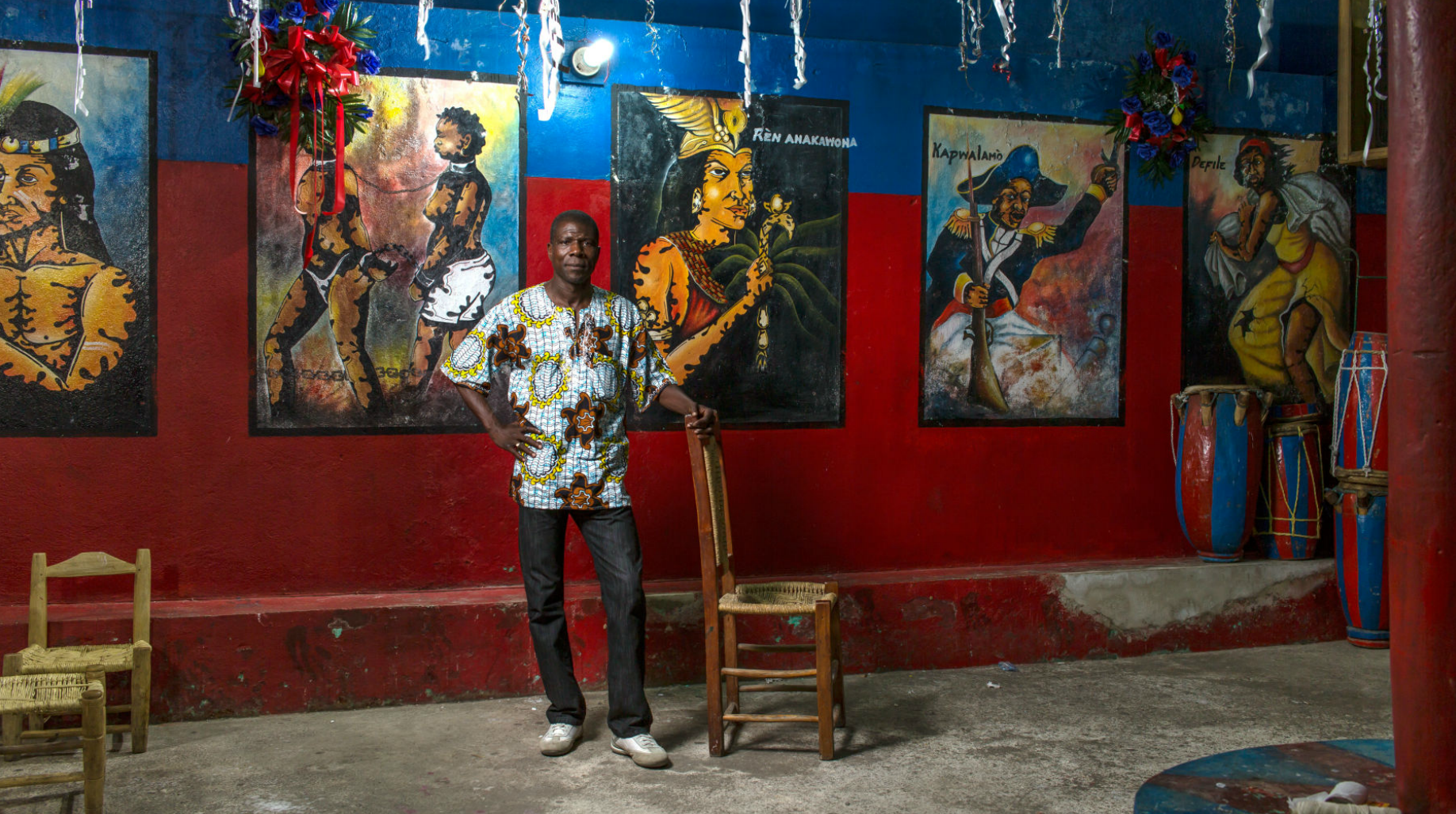
Images from Haiti
What were some of the most important things you learned at your time at SCCA?
When I attended SCCA, I was given an incredible support staff to help me and my colleagues learn the varying avenues of commercial photography. Today, everyone is a photographer. If you have a smartphone, you can consider yourself a professional photographer. SCCA elevated me way beyond that with the professionalism in business, lighting techniques and possibilities to explore what I was interested in with photography. Allowing myself two years to devote solely to photography and build my portfolio has brought me to where I am today.
Next or current projects?
In 2015 I took Vodou Footprints to Haiti to begin learning how Vodou evolved from its origins in West Africa. In 2016 I’ll head back to Haiti twice in July/August and Oct/November to finish the Haitian chapter before heading north into the American south in 2017. Afterwards, Cuba, Jamaica, the Caribbean, Brazil and Central Africa where Vodou thrives and is equally undocumented. Vodou Footprints is an intercontinental multimedia project about the origins and evolution of one of the world’s oldest and most misunderstood religions. Over the next 10 years I’ll visit Vodou “hotspots” and document its’ culture as a visual anthropological study, shooting both stills and motion, as well as combining essays to create encyclopedic presentations on Vodou. Not only do I wish it to be an adventure, but hopefully a resource for many.
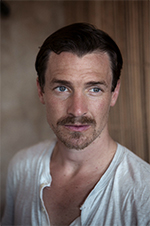 More of Karsten’s work can be found at cameronkarsten.com
More of Karsten’s work can be found at cameronkarsten.comVodou Galleries: West Africa and Haiti
